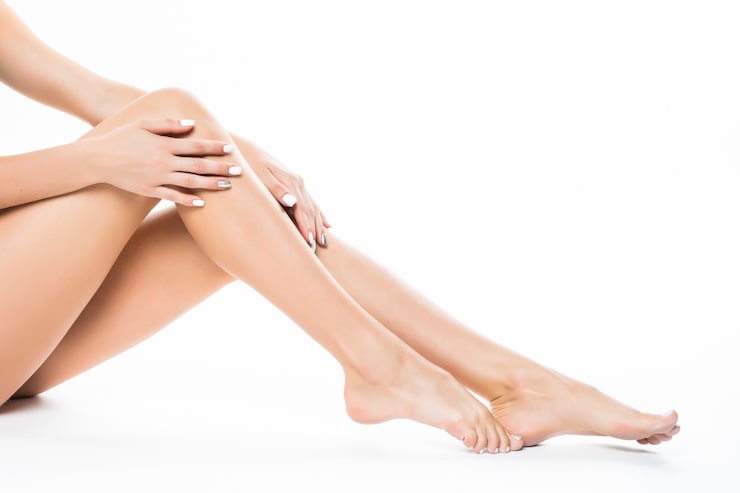Varicose veins — the swollen, twisted veins that often appear on the legs — are usually thought of as a cosmetic issue. But they can also cause discomfort and, in some cases, lead to more serious problems. Could they also be a sign of wider vascular disease? This article looks at that possibility and explains what we currently know.
Varicose veins affect millions of people. Besides their appearance, they can cause aching, swelling, and a heavy feeling in the legs. The main cause is damage or weakening of the tiny one-way valves inside veins. When those valves fail, blood can flow backward and pool in the veins, making them enlarge. If left untreated, varicose veins can lead to skin changes, inflammation, and painful ulcers. They’re also more common in certain connective tissue disorders, such as Ehlers-Danlos syndromes.

At first glance, varicose veins and vascular disease—conditions that affect arteries, veins, and capillaries—might seem unrelated. But growing evidence suggests a link. Some studies show people with varicose veins may have a higher risk of deep vein thrombosis (DVT), where a clot forms in a deep leg vein. The same valve failure and blood pooling seen in varicose veins also occur in chronic venous insufficiency, a vascular condition that reduces the veins’ ability to return blood to the heart.
Biological processes like angiogenesis (new blood vessel growth) and lymphangiogenesis (new lymphatic vessel growth) also play roles in inflammation and other disease processes and appear to be involved in how varicose veins form. While the connection between varicose veins and broader vascular disease needs more study, this overlap suggests varicose veins shouldn’t be dismissed as purely cosmetic.
Early detection of vascular disease improves outcomes. Infrared thermography, a non-invasive way to map skin temperature, can sometimes reveal areas of poor blood flow and may help with early diagnosis. Other imaging tests—ultrasound, CT scans, and MRI—give detailed views of blood vessels and can spot blockages or abnormalities. Blood tests may also help: raised homocysteine levels can increase vascular risk, and high C-reactive protein (CRP) can signal inflammation in blood vessels.
Managing varicose veins and protecting vascular health often starts with lifestyle changes. Regular exercise, a balanced diet, and avoiding long periods of standing or sitting can help. Medical options include compression stockings, medicines, and procedures when needed. Some people use supplements aimed at supporting vein health; various products are available, including those from companies like PureHealth Research, though you should discuss any supplement with your doctor. It’s also important to control other health issues that affect vascular risk, such as high blood pressure and diabetes.
When less invasive measures aren’t enough, procedures like sclerotherapy — injecting a solution to make a vein collapse — or endovenous laser treatment — using heat to close a vein — can be effective.
In short, while varicose veins are often seen as a cosmetic problem, they can signal underlying vascular issues. More research is needed, but paying attention to vein symptoms and keeping up with vascular health is important for everyone.